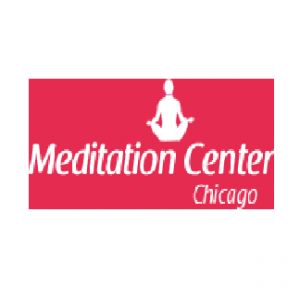Meditation Techniques for Healthy BodyPosted by Meditation Center Chicago on March 19th, 2019 If you are attempting to try out meditation for the first time, you should read on to explore the different types of meditation techniques. What is meditation? While many associate meditation to yoga or sitting with your legs crossed and going into deep thoughts, the U.S Department of Health and Services define meditation as “a mind-body practice in complementary and alternative medicine (CAM)”. Meditation primarily refers to a group of techniques, such as mantra meditation, mindfulness meditation, and Zen Buddhist meditation and relaxation response. Most of these techniques originated in the Eastern religions or spiritual traditions. Today, many people in the world use meditation outside of its religious or cultural context, for health and wellness of the mind and body instead. This type of mind-body practice focuses on the interactions between the mind, the rest of the body and the ways in which emotional, mental, social, spiritual and behavioural factors can directly affect health. People may use the different meditation techniques for health problems, such as:
Basically, there are numerous types of meditation techniques that are categorized into two broad sections: concentrative and non-concentrative. 1. Concentrative meditation: Concentrative techniques involve focusing your attention on a particular object that is outside of oneself, something that is not part of you. The key is drawing your full attention to the object, leaving no room for consideration or thought of anything else. Concentrative meditation is useful for spending time in contemplation over a certain issue affecting you. The meditation starts with you writing down your concern and allow yourself to forget about it, trusting your subconscious mind to be at ease and finding a solution. It is not necessary for one to lie down while engaging in this meditation. You can sit down with open eyes and concentrate on an object near you. You can stare into a candle flame or perhaps even doing it by the ocean and watch the waves crashing. 2. Non-concentrative meditation: Non-concentrative meditation is also known as mindfulness meditation. It does not focus on a specific object. Instead, you witness your thoughts, feelings and physical sensations in a non-judgmental way. Mindfulness meditation is also known as insight, because its intention is to gain insight as to the true nature of reality, as opposed to concentrative meditation. Mindfulness meditation involves staying in the present moment while focusing on the sensations you feel in your body. The objective of this meditation technique is to be mindful, that is to be aware of what is going on in the surroundings at the present moment. Whatever thoughts, distractions, sounds, images, ideas and feelings that arises are not excluded. One will not judge, but sit quietly and observe.
Attention: your attention will be brought to a particular object or the stream of thoughts and feelings that arise. Awareness: your consciousness will be developed in a way that is less influenced by judgement. Understanding: you will see things more deeply and clearly. Compassion: you will be kind and welcoming to whatever arises during your meditation experience. Meditation is truly beneficial to one’s mind, body and soul. A combination of meditation techniques will be advantageous to your spiritual and mental well-being. They are a very easy way to learn meditation, especially for people who find it hard to visualize things. Like it? Share it! |


